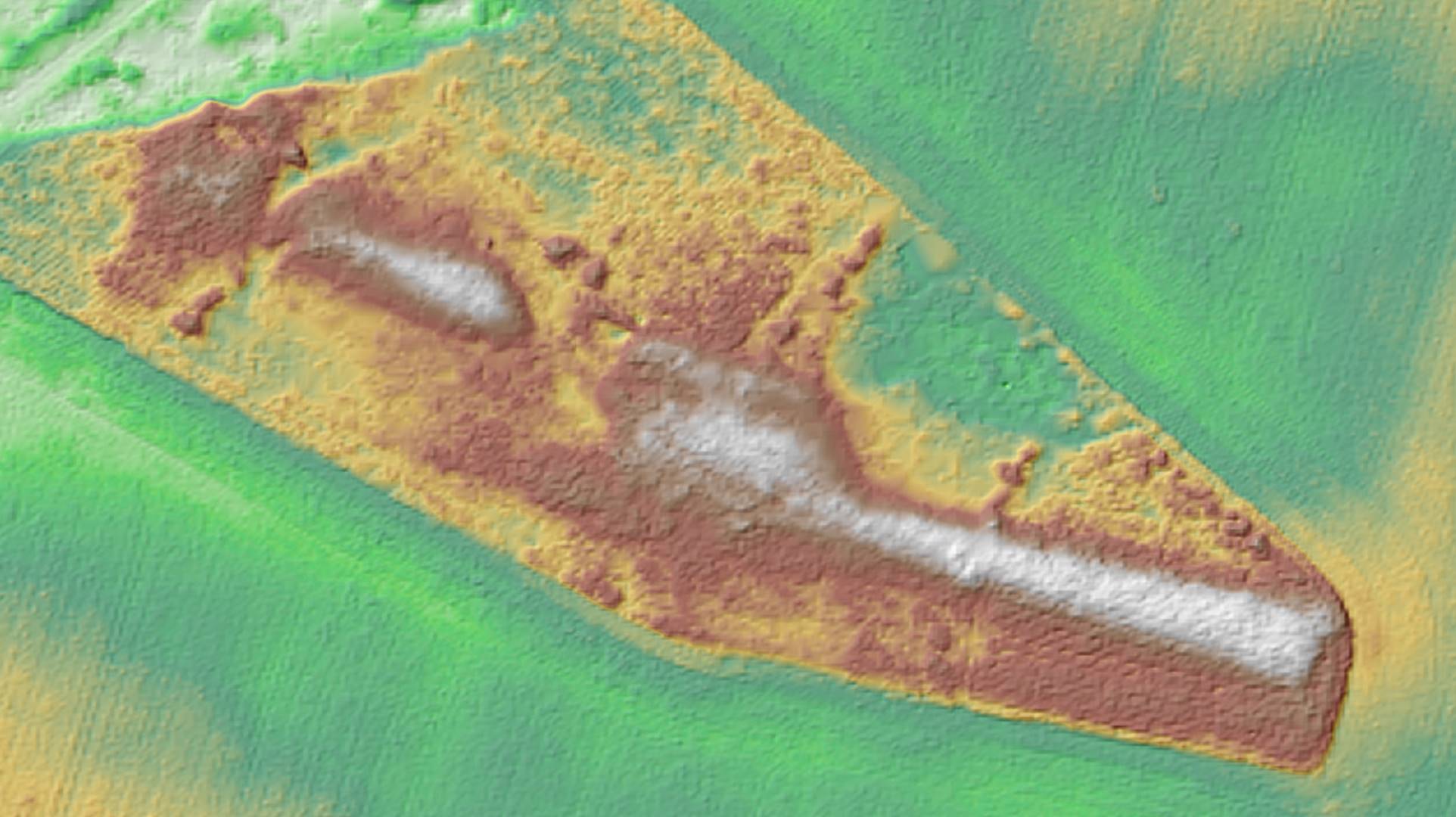Neanderthals’ Ancient Bone Spear in Russia Rewrites Europe’s Prehistoric Timeline
A 70,000-year-old Neanderthals’ Ancient bone spear tip found in Russia’s North Caucasus proves Neanderthals made complex hunting tools before Homo sapiens reached Europe, reshaping assumptions about Neanderthal intelligence and innovation.
1. What Did Archaeologists Discover in Russia That Stunned the Scientific Community?
In 2003, during excavations in the North Caucasus, Russia, a 9 cm bone spear tip was found buried in a cave sediment layer. Only in 2024 was it thoroughly examined using spectroscopy and tomography, confirming it was crafted by Neanderthals between 80,000 and 70,000 years ago—predating Homo sapiens’ arrival in Europe by at least 25,000 years. This discovery, published in the Journal of Archaeological Science, contradicts long-held beliefs that Neanderthals only used stone tools. The site also contained animal bones and a campfire, offering a rare glimpse into Neanderthal life and their adaptive ingenuity.
2. Why Is This Bone Spear Tip Emotionally and Historically Significant?
The spear tip’s emotional weight lies in its testament to Neanderthal craftsmanship and survival. Composed of bison bone, the spear was mounted using tar and shaped with stone tools, showing strategic planning and engineering skill. Around 68% of known prehistoric tools in Europe are stone; this rare bone weapon challenges those statistics and narratives. The tip shows signs of impact damage but minimal wear, implying it struck a target shortly after use. This short functional life evokes a haunting connection to the hunter and the moment it pierced prey—a fleeting victory preserved for millennia.
3. What Does This Find Reveal About Neanderthal Intelligence and Innovation?
This artifact reshapes perceptions of Neanderthals from brutish survivalists to capable innovators. Using high-resolution microscopy, researchers observed angled tool marks and resin residues, indicating multi-material engineering. Bitumen—used to attach bone to wood—signals chemical awareness and future planning. Neanderthals inhabited Eurasia for over 200,000 years, yet only a fraction (less than 3%) of their tools show such complexity. This discovery suggests they may have innovated more frequently than once believed. These findings are backed by peer-reviewed research and analytical methods verified through multiple disciplines including archaeology, chemistry, and paleontology.
Quick Fact Box
| Fact | Detail |
|---|---|
| Date of Discovery | 2003 (fully analyzed in 2024) |
| Location | North Caucasus Cave, Russia |
| Age of Spear Tip | 70,000–80,000 years |
| Maker | Neanderthals |
| Material | Bison bone, tar, wood |
| Published In | Journal of Archaeological Science |
4. Why Haven’t More Bone Spear Tips Like This Been Found in Europe?
The rarity of such bone weapons puzzles archaeologists. Despite thousands of Neanderthal sites across Europe, bone tools constitute less than 5% of artifacts recovered. Researchers theorize that organic materials like bone decay unless preserved in specific environments. This spear’s survival is due to its burial in a cool, dry cave with little microbial activity. The discovery challenges sampling biases in archaeological records. If more such tools existed, their absence could distort our understanding of Neanderthal technological diversity. Thus, this single find offers a rare window into a lost tradition of weapon-making that might have once been widespread.
5. Who Are the Key Figures Behind This Historic Discovery?
The study was led by archaeologist Liubov V. Golovanova and an international team spanning Russia, France, and Germany. Their interdisciplinary approach combined CT scanning, spectroscopy, and microscopy—methods traditionally used in forensic sciences. This ensured a multi-angled verification of the spear’s origin, material, and usage. “This is not just a bone; it’s a message across time,” Golovanova reflected. The research was published after triple-peer validation across institutions, including Moscow State University and the Max Planck Institute. Their work affirms that Neanderthals engaged in forward planning, material selection, and specialized manufacturing long before Homo sapiens arrived.
What makes this story a must-read
This is more than archaeology—it’s a rediscovery of lost intellect, a story of ancient strategy, and a quiet reminder that history often hides genius in overlooked fragments.
This article was originally published in Journal of Archaeological Science.
Share this content:














Post Comment